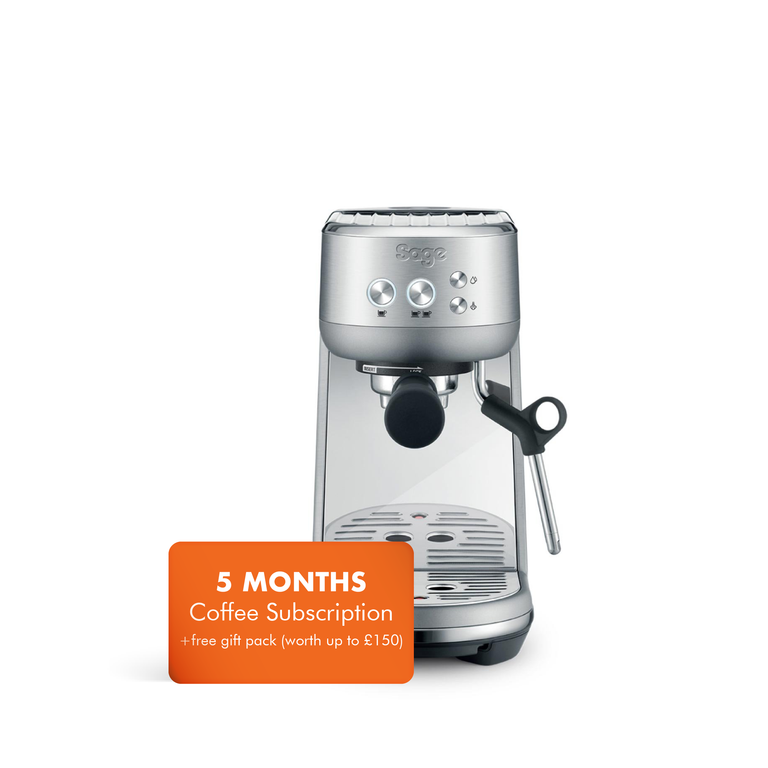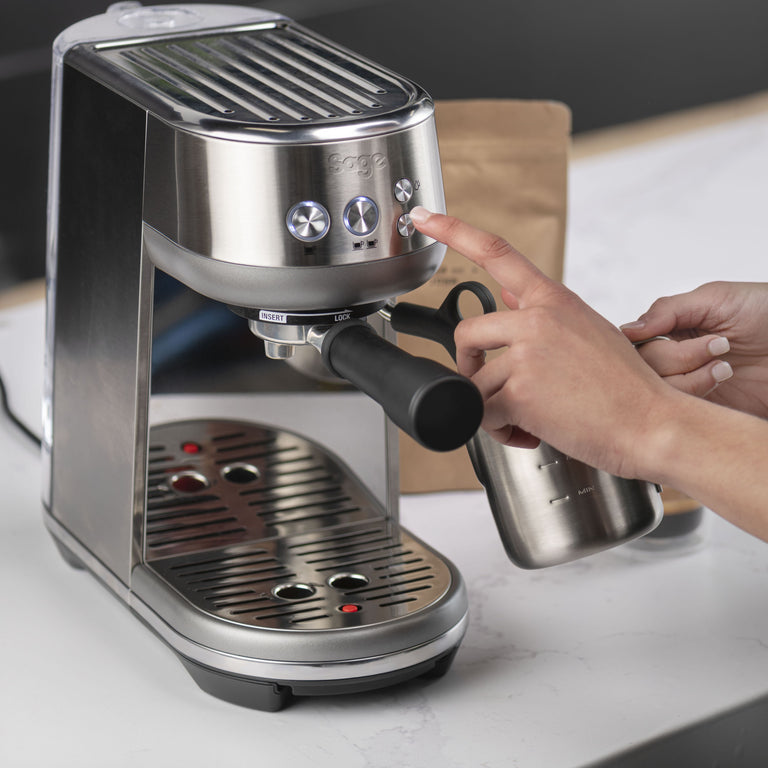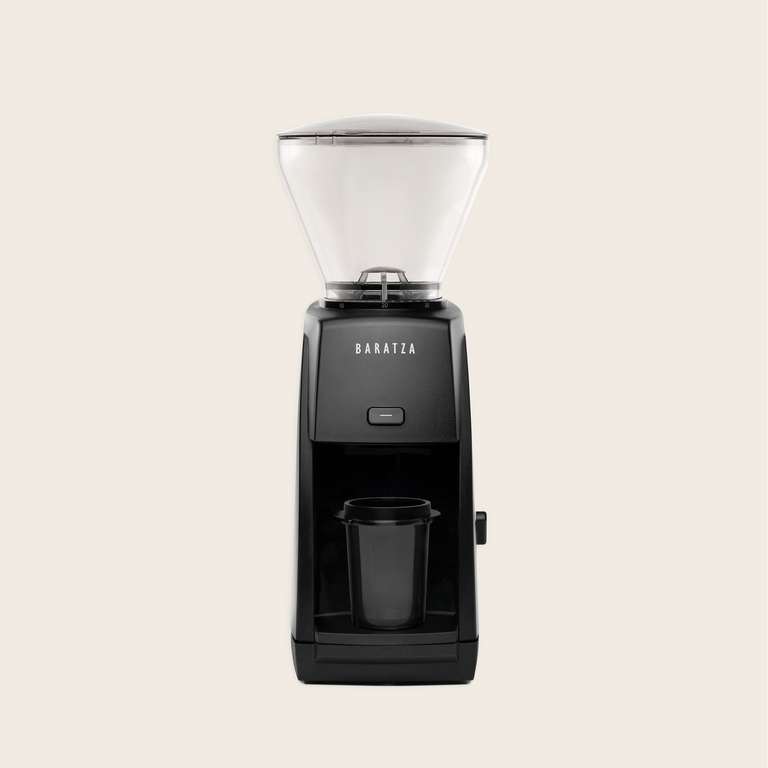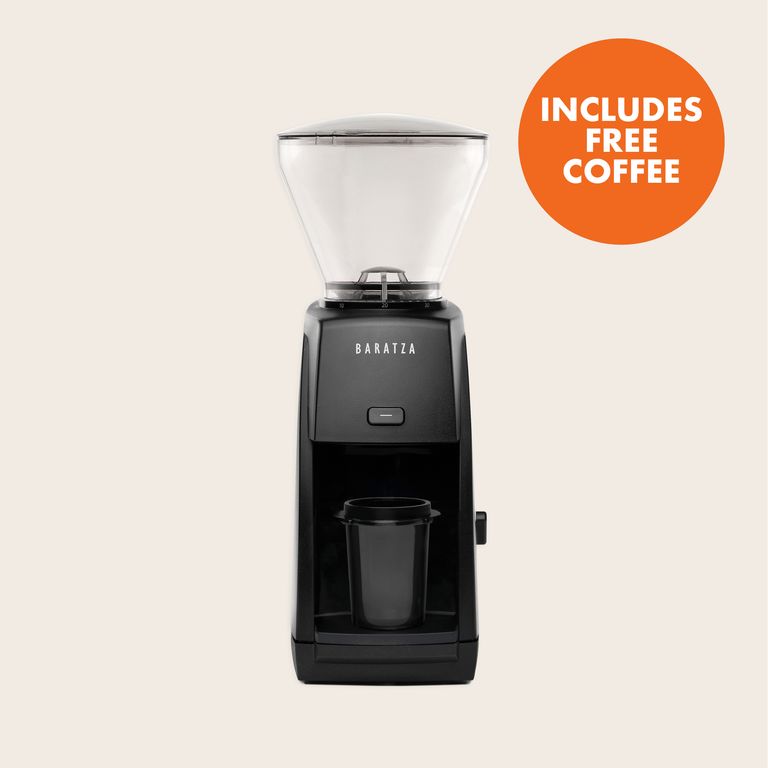How to grind coffee beans and tips for unlocking maximum flavour from your cup
There are few things in the world more satisfying than the smell of freshly ground coffee. The outer layer of a roasted whole bean essentially locks in all of the flavour compounds and then, once crushed, releases a burst of fresh coffee aroma throughout the room.
Now, of course, you won’t get far without good beans. Good equipment goes a long way too but there are a host of other variables, including grind size, that can significantly influence whether you’re extracting the maximum quality from your cup at home.
Water temperature, dose weight and brew time all have a part to play but the most powerful tool for brewing better coffee - and the easiest to master - is understanding the impact of grind size. Get your grind size dialled in and you’ll not only be able to brew consistently great coffee but also control how to manipulate the flavour to suit your own personal preference.
Brewing Coffee
Coffee brewing is ultimately about extracting, or rather dissolving, the flavours from the roasted beans. It’s true that we roast coffee to enhance its flavour but from a functional point of view it’s also necessary to make the coffee dry or brittle and therefore soluble.
Grinding coffee breaks up the bean so that water can more readily dissolve all of the flavour compounds and when water seeps through each coffee particle it absorbs these flavours, becomes brown, and creates the coffee we drink.
Coffee is full of potential flavours and actually has more flavour compounds than red wine and whiskey but not all of these compounds taste the same. A roasted coffee can have bright acidic flavours, rich sweet flavours but also those which can be astringent or bitter.
Flavours also dissolve predictably - by this we mean they dissolve in the order above. The more we dissolve, the more the cup of coffee emphasises bitter astringent tastes and the less we dissolve the more the cup is characterised by bright acidic notes.
Controlling grind size helps us control which of these flavours we dissolve into the cup to enhance the characteristics we love and avoid those we don’t.
How Fine To Grind Coffee
Grinding fine exposes more surface area of the coffee to water, making it dissolve more easily and more quickly. Typically this means fully extracting a coffee’s flavour takes much less time and the window for creating a balanced cup becomes much narrower.
Grinding coarse slows down the extraction, increases the brew time and subsequently increases the margin for error. Imagine dissolving into water sugar powder versus sugar cubes and the time (and process) differences between the two.
Looking for the perfect electric coffee grinder? We recommend the Baratza Encore ESP Grinder or for a hand coffee grinder, we recommend the 1Zpresso grinder.
Espresso
Usually (personal tastes are the exception to every rule) the brewing method we use dictates the grind size. Espresso is all about speed and utilises up to 12x the atmospheric pressure to push hot water through coffee - dissolving all of the coffee’s flavour in around 30 seconds.
When brewing espresso we always use a fine grind and are careful to stop the extraction as its speed can easily lead to dissolving more bitterness than we are aiming for.

Coffee ground fine for espresso
Filter Coffee
Filter brewing methods can vary slightly. The main variation is whether the water is poured over the ground coffee (e.g v60, Chemex) or whether the coffee is immersed in water (e.g Cafetière or Aeropress). This more delicate method takes much longer to fully brew the coffee (usually 3-4 minutes). And we grind coarse to ensure the water can more easily access the flavours contained in the coffee.

Coffee ground medium/coarse for filter
Grinding Fresh
Here is one of the secrets to making great coffee. We enjoy the smell of ground coffee because so many aromas which would otherwise contribute to the flavour of a cup of coffee are escaping and becoming airborne.
Over time more and more of what is essentially the flavour will escape and so wherever possible we suggest grinding fresh for each brew. If this isn’t possible then ordering freshly ground is the next best solution. Just remember to reduce exposure of the coffee to air as much as possible by keeping your bag tightly sealed.
Espresso (left) vs. filter(right) ground coffee
Summary On Grinding Coffee
The brew method is the key driver for deciding the grind size but a number of other factors influence how water will react with your ground coffee. The age of the coffee, how dark the coffee is roasted and even what processing method was used at the farm can all be taken into consideration. Where possible we always suggest tasting and making slight adjustments to your grind size to suit your tastes. As a general rule:
- If your coffee tastes too watery, weak or slightly sour for your tastes then try grinding slightly finer
- If your coffee tastes overly bitter, strong or astringent then try a coarser grind.
The ultimate rule however is personal taste and one of the insatiable joys of coffees is that there’s no such thing as a perfect cup. So though we’ve suggested a guide to mastering grind size, experimentation and tasting are the key to developing these concepts further.
FAQs
Can I grind coffee beans in a blender?
Technically you can grind coffee with a Nutribullet or other blenders. But the size of the grind will be inconsistent - leading to sub-optimal results in the cup. Instead we would suggest asking your roaster, or even local café, to grind fresh for your preferred brew method using professional coffee grinders.
How to grind coffee beans without a coffee grinder?
There are many ways to break coffee beans without a grinder but coffee grinders are specifically built to be able to control the grind size of your coffee and create as even a grind size as possible. Again, your local roastery or café will likely be happy to oblige and grind your beans for you.


















